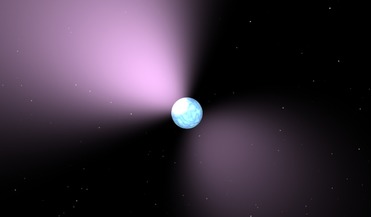 09 January 2017
X-rays from a 'missing link' neutron star could shed light on magnetar mystery
09 January 2017
X-rays from a 'missing link' neutron star could shed light on magnetar mystery
... ago but has recently been seen to act like a magnetar, could be in a never-before-seen transition state between the two...akin to the way a lighthouse sweeps out beams of light. Magnetars on the other hand have violent, high-energy outbursts of gamma...
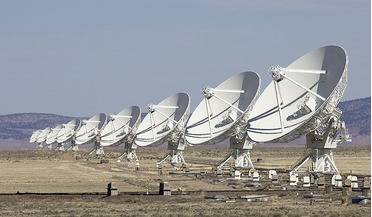 05 January 2017
Astronomers pinpoint location of mysterious fast radio bursts
05 January 2017
Astronomers pinpoint location of mysterious fast radio bursts
... our understanding of these events.” So what could be causing these baffling bursts? Top of the list is a neutron star or a magnetar – a type of neutron star with an extremely powerful magnetic field – or an active nucleus in the host galaxy. In this...
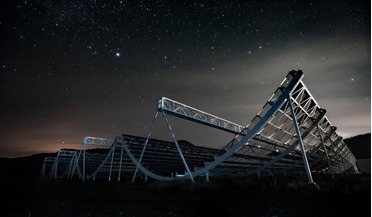 04 November 2020
New studies reveal the origin of fast radio bursts
04 November 2020
New studies reveal the origin of fast radio bursts
... and are so intense that it heats the surface to nearly 10 million degrees celsius. It is thought that movements in the magnetar’s crust, which is under an immense amount of strain, causes the dense star to release a vast amount of energy in the...
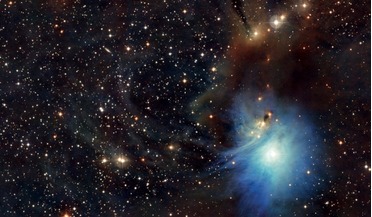 March 2018
Exploring the extreme universe
March 2018
Exploring the extreme universe
... been discussed above, e-ASTROGAM will observe with serendipity a large class of phenomena consisting of objects such as pulsars, magnetars, novae, and binary objects. And of course, since it will focus on a relatively unexplored region of the...
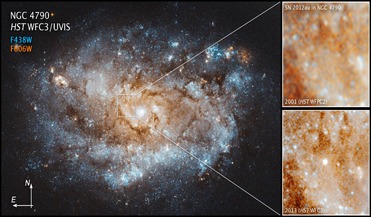 12 September 2018
Birth of new star from a supernova seen for first time
12 September 2018
Birth of new star from a supernova seen for first time
... a magnetic field and rotates fast enough, it may develop into a pulsar wind nebula. "If there truly is a pulsar or magnetar wind nebula at the centre of the exploded star, it could push from the inside out and even...
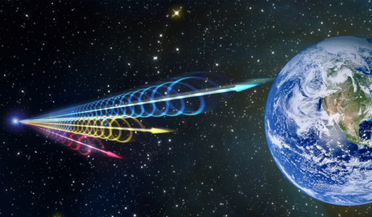 08 June 2020
New discovery provides important clues on mysterious cosmic bursts
08 June 2020
New discovery provides important clues on mysterious cosmic bursts
..., some scientists thought these bursts might have been generated when a highly magnetised neutron star called a magnetar, fired off pulses of radiation as it wobbled around on its magnetic axis; a phenomenon known as precession, which refers...